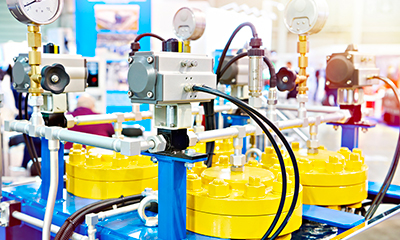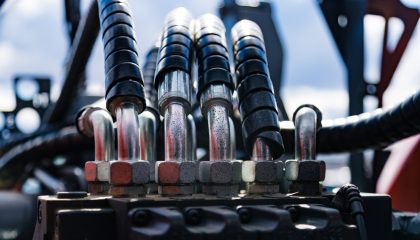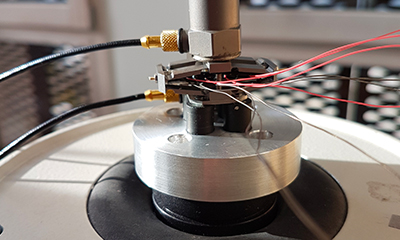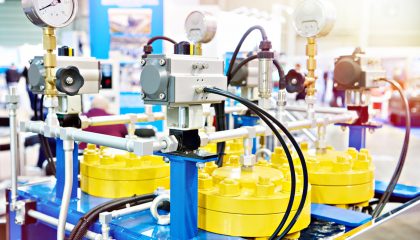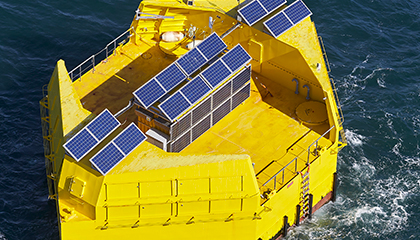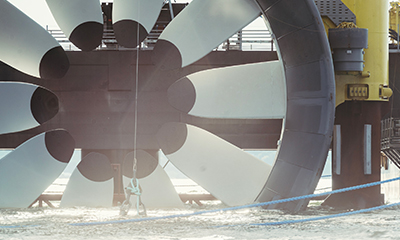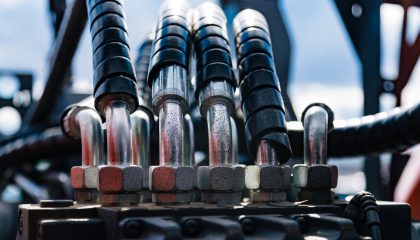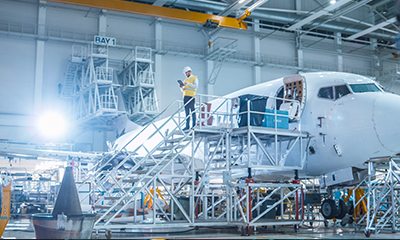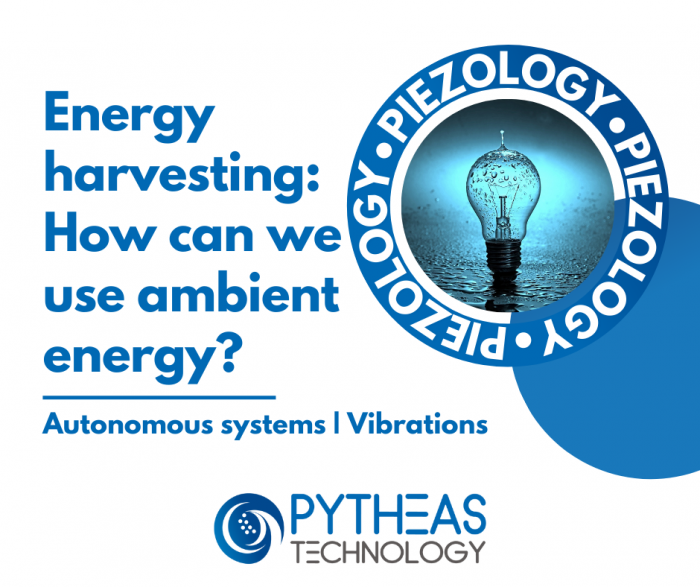What are energy harvesting systems used for?
Energy harvesting has several usages in a wide variety of fields such as the biomedical area, the industry, the aerospace sector and even the military field.
One of the first devices to harvest ambient energy to function was the crystal radio receiver, or crystal set, a radio receiver that did not need a power supply.
Today, energy harvesting interests three main markets, often to power autonomous sensors:
- The connected objects market, still on the rise. According to Le Monde, there were 30 billion connected objects in 2020, a figure that would grow by more than 20% each year. Among these connected objects, we can count watches, bracelets, switches, remote controls, tire pressure sensors…
- The biomedical market with the development of wearable systems that allow patients to be diagnosed and treated continuously. For example, we can list blood pressure measurement systems, pacemakers, implants, heart pumps, etc.
- The market of Structural Health Monitoring, or SHM, and preventive maintenance. This is essentially the case for aerospace where inspection today requires the immobilization of aircraft or launchers, necessarily resulting in heavy costs for companies. For the same reason, the monitoring of structures using autonomous sensors is also of interest to the industrial sector for the control of machines.
There are other uses for energy harvesting such as piezoelectric floor tiles that harvest energy from pedestrian footsteps or oceanographic monitoring systems using wave energy to operate autonomously.
The greatest interest of energy harvesting today being to be able to supply networks of autonomous sensors, new applications should emerge in the near future. Energy harvesting is particularly promising for applications where it is difficult or impossible to use a battery or cables, such as wearable devices or remotely operated systems.
How do energy harvesting systems works?
Energy harvesting devices can be piezoelectric, electrostatic, thermoelectric or electromagnetic. The performance and potential of these devices greatly depend on the respective performance and properties of these materials.
There are also different energy harvesting technologies depending on the type of energy source. In any case, an energy harvesting system is at least composed of:
- A transducer that transforms ambient energy into electrical energy
- An interface circuit that extracts the maximum amount of energy from the transducer and makes it usable for the desired application (voltage regulation, voltage rectification).
- A load which can be the electronic device which consumes the recovered energy (circuits, actuators, sensors, etc.) or a component which stores the energy (capacitors or super capacitors).
What are the challenges of vibration energy harvesting?
One of the sources of ambient energy is vibrations. We are particularly interested in this one because piezoelectricity provides a particularly suitable solution to collect this type of energy. However, one of the main problems with energy harvesting is that the vibratory levels involved are often very low. To extract a maximum of energy and reduce the size and cost of the energy harvester, it is, therefore, necessary to work at its resonant frequency. Moreover, the vibrations involved being generally low frequency (< 1kHz), working at resonance requires relatively bulky devices. However, as we explained previously, applications using energy harvesting systems need to be compact. Miniaturization efforts must therefore be made.
Another challenge of energy harvesting is the systems’ lifespan. For certain applications, such as intracorporeal or hard-to-reach devices, energy harvesting systems must have a long lifespan, generally around fifteen years.
It is also necessary to take into consideration the instability of the energy harvested in the majority of cases and thus imagine a solution if the energy source is completely cut off; if there is no sun for several consecutive days for systems recovering solar energy, or if there is no movement for a long period for systems collecting vibration energy, for example.
Energy harvesting also poses new challenges to system designers, who must optimize systems to achieve energy self-sufficiency. As the quantity of recovered energy is often low, the systems to power must be energy efficient for this to be relevant.
The last issue related to energy harvesting is that it is difficult, if not impossible, to have a product off the shelf that meets the needs of different applications. The energy to be recovered is so low that in each case it is necessary to develop a specific system designed for very specific characteristics, in particular the frequency, the vibration amplitude and the maximum conditions of use for the survival of the device, in the case of vibrational energy. Therefore, some time and a budget must always be dedicated to the study and development of the energy harvesting system.
What does PYTHEAS Technology offers to harvest ambient energy?
PYTHEAS Technology develops energy harvesting systems using the properties of piezoelectricity. That is to say that our systems recover kinetic energy (vibrations, sounds, movement) using piezoelectric transducers to transform it into electrical energy. PYTHEAS Technology develops systems adapted to wide ranges of frequencies and powers, so do not hesitate to contact us to present your problem and discuss possible solutions together.
